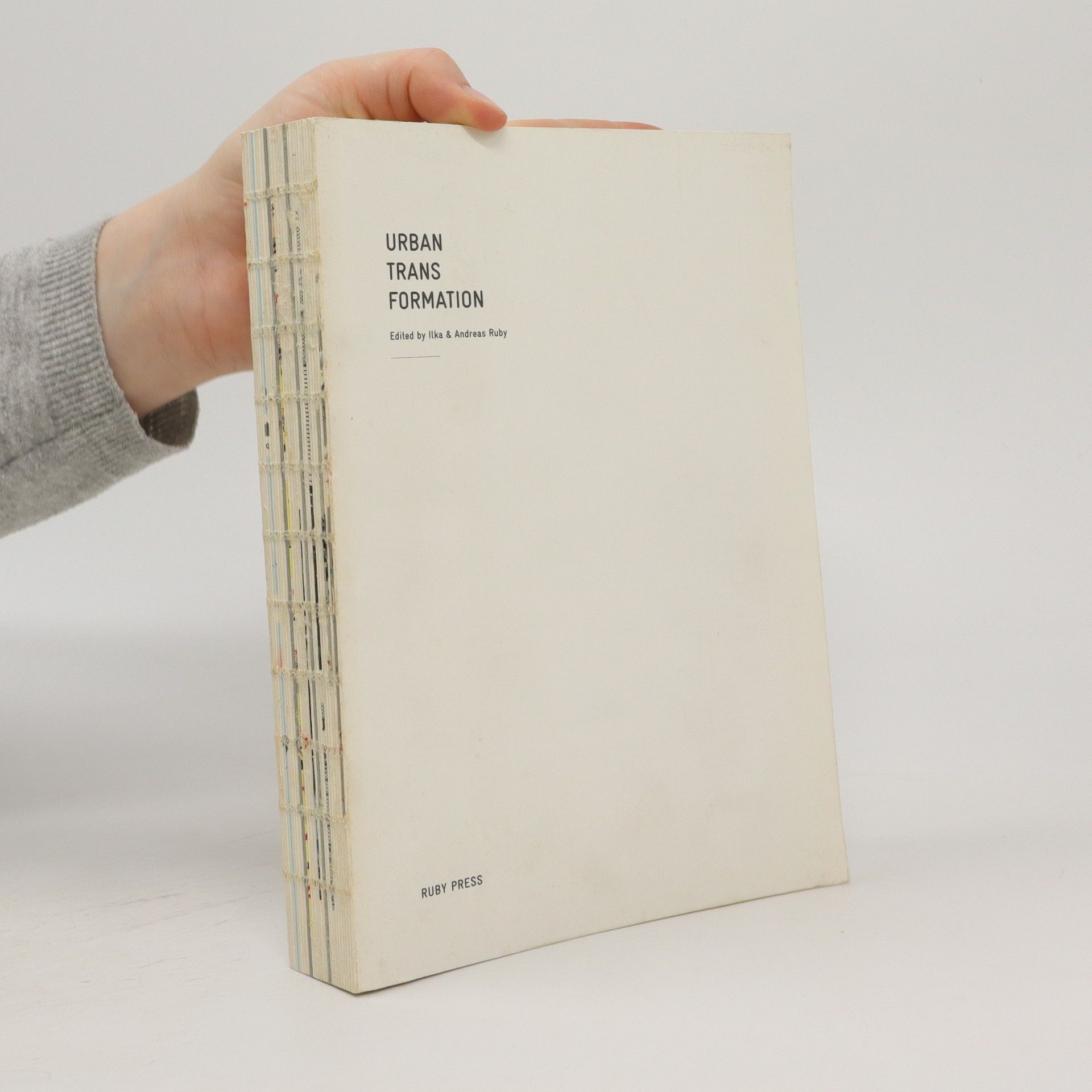To achieve truly climate-friendly architecture means not just switching to sources of renewable power, but building with materials that produce zero carbon emissions, use no fossil fuels, and create no waste. This publication contains essays, case studies, and a catalogue of building materials compiled by more than 60 architects, engineers, and scientists from around the world that deal with the environmentally mindful and socially responsible use of materials and resources. Ideas range from centuries-old traditions to newly developed biomaterials, from low-tech, artisanal methods to advanced digital technologies, and from incremental shifts to massive, top-down changes.
Ilka Ruby Livres





MVRDV buildings
- 400pages
- 14 heures de lecture
Since they amazed the world with their design of the Dutch pavilion at the 2000 World Expo, MVRDV has been regarded as one of the world's top architecture bureaus. This monograph gives details about its realized work, featuring user testimonies, journalistic articles, unpublished images and accessible drawings.
Dieses Buch versammelt erstmals alle Artikel, Essays und Interviews, die Ilka und Andreas Ruby über das Werk der Pritzker-Preisträger Lacaton & Vassal verfasst haben. Beginnend mit ihrem ersten Essay “Naïve Architecture” aus dem Jahr 2002 haben die Texte der Rubys entscheidend zur kritischen Auseinandersetzung mit dem Werk des französischen Architekten-Duos beigetragen. In den 1990er Jahren, als Lacaton & Vassal international bekannt wurden, wurde ihre Arbeit oft missverstanden und als Versuch interpretiert, möglichst „billig“ zu bauen. Die Autoren argumentieren jedoch, dass die Häuser von Lacaton & Vassal einen Luxus an Raum schaffen, den die Architekten durch den Einsatz preiswerter Materialien und Bauweisen ihren Bewohnern bieten. Damit üben Lacaton & Vassal eine radikale Kritik am modernistischen Existenzminimum aus, das die Größe einer Wohnung als rein ökonomische Funktion des Budgets betrachtet. Sie befreien den Diskurs des sozialen Wohnungsbaus von dieser reduktionistischen Sichtweise und zeigen, dass räumliche Großzügigkeit in der Architektur nicht nur vom Budget abhängt, sondern vom Respekt der Architekten vor dem Leben ihrer Nutzer. In der Anmutung einer literarischen Taschenausgabe ergänzt das Buch die Texte mit einer sorgfältig ausgewählten Abbildungsreihe und einem Verzeichnis der in den Texten erwähnten Projekte.
Urban transformation
- 399pages
- 14 heures de lecture
Tell me what is urban for you and I tell you who you are. As opposed to the colonial era of the 19th century, the term “urban” today no longer indexes a normative cultural concept—such as expressed, for instance, in the “European City”—but represents a cosmos of extremely varied notions determined by geographical, cultural, and individual preferences. If we want to get a grip on what is “urban” today, we have to capture it in all its disguises, gradations, and transformations occurring simultaneously on a global scale. Urban Transformation takes us on a global dérive through a carefully selected series of emerging urban conditions in five continents, seen through the eyes of more than 50 international architects, urban planners, politicians, and artists including Saskia Sassen, Robert Somol, Jean-Philippe Vassal, Eyal Weizman, Teddy Cruz, Keller Easterling, Rahul Mehrotra, Enrique Peñalosa. The book makes a pledge for a differentiated understanding of urban culture at the beginning of the 21st century, embracing cultural idiosyncracy while adhering to a universal ambition: to cultivate the city as the prime arena of human existence, not only because it is the place where since recently the majority of the global population is living, but also because the city is the only type of spatial organization able to accommodate an ever-increasing amount of people on earth in a sustainable way.
Besser als neu
Wie man eine Bürofassade emissionsarm und zirkular saniert
Der Bausektor verursacht 38% der globalen CO2-Emissionen, wobei ein Großteil auf graue Emissionen entfällt. Diese entstehen nicht durch Heizen oder Kühlen, sondern bei der Materialgewinnung, Herstellung von Baustoffen, Maschinenbetrieb, Transport und Abriss. Um die Baubranche zu dekarbonisieren, ist die Reduktion dieser grauen Emissionen entscheidend. Der Erhalt und die Wiederverwendung von Bauteilen spielen dabei eine zentrale Rolle. Am Beispiel einer Fassadensanierung eines Bürohauses in Basel wird konkret aufgezeigt, was Erhalt und Wiederverwendung in der Praxis bedeuten. Es wird erläutert, wie die einzelnen Fassadenteile – von Fensterdichtungen bis Aluminiumverkleidungen – demontiert, gereinigt und wiederverwendet wurden, welche Materialien entsorgt werden mussten und wie sich dies auf die CO2-Bilanz auswirkt. Darüber hinaus bietet das Buch einen verständlichen Einblick in die Konzepte von Reduce-Reuse-Recycle und stellt wichtige Fragen zu den Herkunft und dem Verbleib von Baumaterialien sowie den CO2-Bindungen. Es dient als praktische Anleitung mit anschaulichen Zeichnungen und Diagrammen, die sowohl Architekten als auch Immobilienbesitzern helfen, die Lebensdauer ihrer Gebäude klimaverantwortlich zu verlängern.